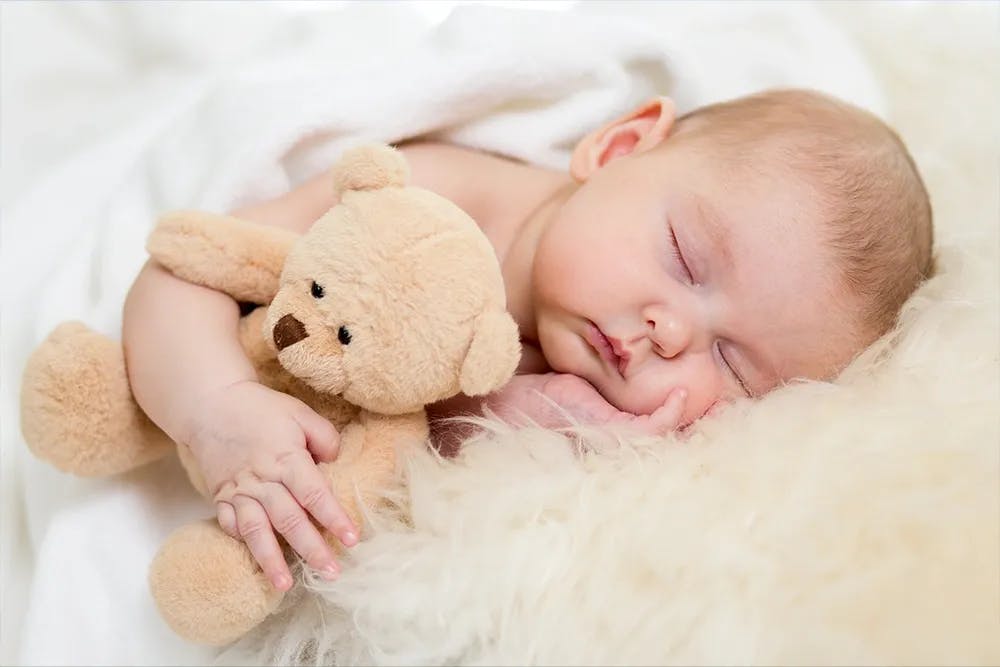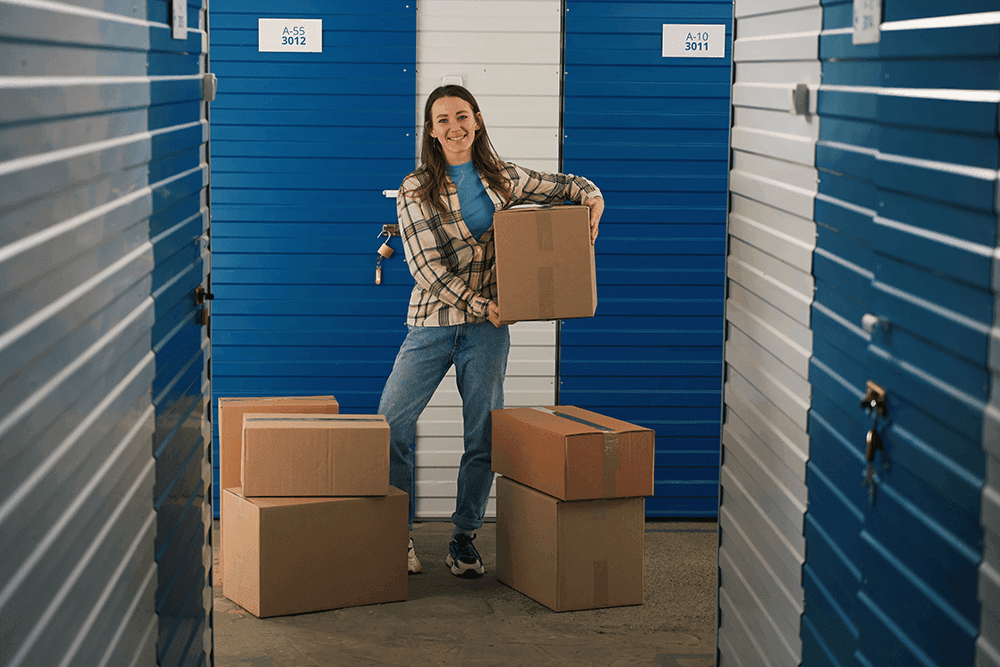
 Storage Tips
Storage TipsHow to Properly Store Stuffed Animals For Long-Term Storage
From a favorite childhood teddy bear to your child’s belongings from when they were young, there are many reasons to want to hold onto stuffed animals. You may even have some prized collectibles too valuable to simply give away. That doesn’t mean you want or can display them, though. It’s possible to place them into long-term storage but doing so properly is essential to protect their condition.
Do Stuffed Animals Need to be in Climate-Controlled Storage?
Meaningful stuffed animals should be treated like any other highly valuable item you have. A climate-controlled storage space is ideal. In other spaces, humidity can be a factor in causing the early deterioration of the stuffing or other materials of the fabric. Keeping items dry also helps prevent the growth of mold, which could linger if the stuffed animal has any residue on it when entered into storage.
In a climate-controlled space, there’s less risk of damage to the material. You can count on an even temperature and humidity level throughout the year.
Can You Store Stuffed Animals in Plastic Containers?
Plastic totes and containers are by far the most common method for storing stuffed animals. Even when placing them into a storage unit, you can and should place them into plastic containers. These containers are not necessarily airtight and don’t take the place of climate control, but they help protect the items from damage brought on by a leak or a flood in the space.
If you plan to store items at home instead of in a storage unit, using plastic totes could be critical. It may help keep critters in the attic or garage out of those belongings. It also helps minimize the risk of bug infestations growing within your items. Just be sure to use a tight-fitting lid and check them out every now and then.
If you go this route, try to place them in an area where temperatures are somewhat moderated. You may not get enough protection from the humidity or changing weather conditions in an old storage shed. Instead, keep them indoors.
Why Should I Put Stuffed Animals in the Freezer Before Storage?
Putting stuffed animals in the freezer before storage is a method used to kill any dust mites or pests that might be present on the toys. Dust mites and pests can be problematic as they can lead to allergic reactions or damage the stuffed animals over time. By placing the stuffed animals in the freezer for about 24 hours, the cold temperatures effectively eliminate these potential pests, ensuring that the toys are clean and safe for storage.
Can You Store Stuffed Animals in an Attic?
Storing stuffed animals in an attic can be a bit risky depending on the climate and conditions of the attic. Attics can often experience extreme temperature fluctuations, high humidity, and potential exposure to pests. These conditions might not be ideal for preserving the quality of stuffed animals over the long term. Suppose you're considering storing stuffed animals in an attic. In that case, it's important to ensure that they are protected in airtight containers or plastic bags to prevent dust, humidity, and pests from affecting them. It's generally better to store stuffed animals in a controlled environment with stable temperature and humidity levels to maintain their condition if possible.
Should I Vacuum Seal Stuffed Animals for Storage?
Vacuum sealing stuffed animals could be an option for some items. These types of bags and devices pull out all of the air from the item and the storage bag, creating a very tight seal around the item. This helps minimize the risk of bacteria or mold growth occurring. Here are a few things to remember before doing this:
- This type of sealing is best for soft items, like stuffed animals that don’t contain hard edges or plastic parts.
- You can seal more than one stuffed animal into a single vacuum sealed bag. Just be sure the items are not overfilling the bag and stretching it beyond its limits.
- This type of sealing is only good as long as the outside remains intact. Any type of item that breaks open the bag or causes even a small hole exposes your items.
- You’ll still benefit from putting these items into a plastic tote to ensure there’s less risk of damage.
- Try to label the outside of the bag with what’s inside, so you don’t have to open it up until you want and need to do so.
This is a great way to store a lot of stuffed animals in a smaller space because the vacuum sealing will pull all of the air out. As long as items are clean and dry, this can work very well.
Also Keep in Mind When Storing Stuffed Animals
There are a few more tips and tricks that may help you preserve your items for years to come. Following them may allow you to pass down those stuffed animals to the next generation.
Wash them first
When it comes to storing the stuffed animal your child cuddled for years each night, be sure to clean it first. You don’t want to put them into the washing machine unless the tag on them says it is safe to do so. You may be able to have them professionally dry cleaned. If in good condition, use mild soap placed on a damp towel to wash the surface of the animal without allowing the interior to get saturated with water. Allow it to dry out fully before you put it into storage.
If a stuffed animal was forgotten in the rain, be sure to launder it properly and allow it to dry out fully before putting it away. This helps ensure the moisture doesn’t become mold. If you notice a musky smell developing, that’s a sign there’s mold or mildew growth that needs proper cleansing.
Consider wrapping them first
Old items need a bit more protection than just putting them in a box. It’s a good idea to wrap them first in acid-free tissue paper or place them in an acid-free box. It offers just a bit more protection to the item and helps keep the dust off of them as well. In some situations, it may also help to prevent the material from becoming matted.
Properly storing stuffed animals for the long term means taking a few extra steps before you tuck them away. By following these recommendations, you can feel good knowing these precious memories and valuable belongings are always going to be protected through the years. That way, you can pull them out later and relive those memories when you want to do so.
We're Your Storage Solution!
Storage Rentals of America is your convenient self-storage solution. So come into our office or give our storage experts a call at 1-800-457-5678. Our call center is available 7 days a week and can help determine which storage unit size best fits your storage needs.



